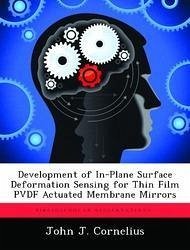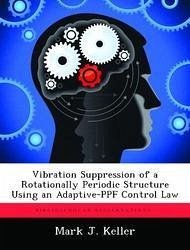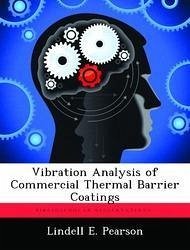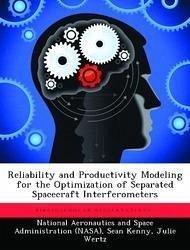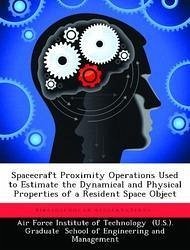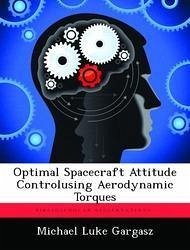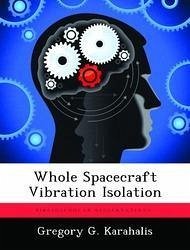
Whole Spacecraft Vibration Isolation
Versandkostenfrei!
Versandfertig in über 4 Wochen
52,99 €
inkl. MwSt.
Weitere Ausgaben:

PAYBACK Punkte
26 °P sammeln!
The Department of Defense has identified launch vibration isolation as a major research interest. Reducing the loads a satellite experiences during launch will greatly enhance the reliability, lifetime, and payload to structure ratio. DoD satellite programs stand to benefit significantly from advances in vibration isolation technology. This study explores potential hybrid vibration isolation control designs versus passive designs. A simple lumped mass dynamic model of a satellite and a representative launch vehicle was designed using Simulink. The analysis focuses on the various sources of tra...
The Department of Defense has identified launch vibration isolation as a major research interest. Reducing the loads a satellite experiences during launch will greatly enhance the reliability, lifetime, and payload to structure ratio. DoD satellite programs stand to benefit significantly from advances in vibration isolation technology. This study explores potential hybrid vibration isolation control designs versus passive designs. A simple lumped mass dynamic model of a satellite and a representative launch vehicle was designed using Simulink. The analysis focuses on the various sources of transient launch accelerations such as aero-acoustic loads, separation events, wind gusts, and motor induced vibration. The passive vibration suppression design reduced axial "bounce" modes. Further reductions were made possible with an added active controller. The results of modeling indicate that as much as a 90 percent improvement in loads on the satellite were recognized from the combination of active and passive vibration control techniques. The model also explored the response of a sub-component of the satellite payload. For passive isolation the sub-component remained near its low baseline level of response, but for hybrid isolation the sub-component is exposed to greater levels of loading as a function of passive isolation frequency.





